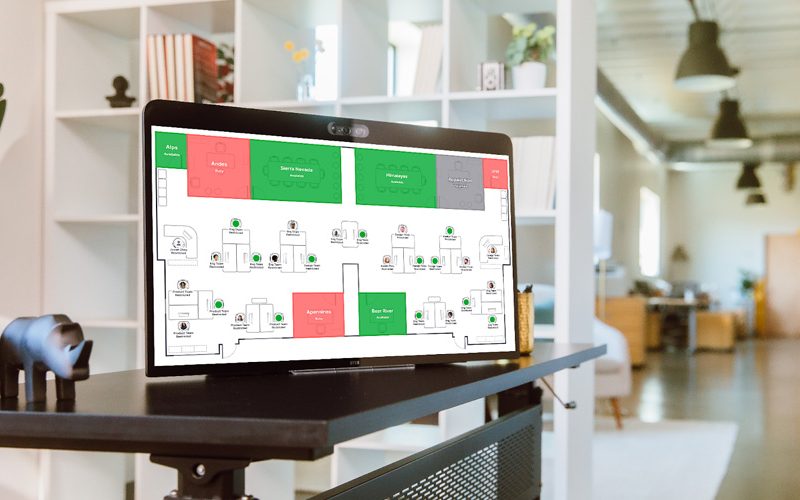Expansion of the office portfolio is anticipated as 63% of enterprises return to the office on a hybrid basis.
According to a Colliers India report, 63 percent of business organizations are currently using the flexible model, proving that hybrid working is here to stay. To better understand their present and future workplace plans, real estate consultant Colliers polled office space occupants.
The poll was conducted in May and June 2022 among different occupier sectors, and occupants provided roughly 300 responses. The poll was conducted among small (fewer than 500 employees), mid-sized (between 501 and 5000 people), and big (above 5,000 employees) businesses. According to the survey, 26% of employees prefer working three days per week, 17% prefer working four days per week, 9% prefer working two days per week, and 11% prefer working one day per week. Up to 28% of employees want to work from home five days each week, while 9% choose to do so every day. It’s interesting to note that around one-third of the survey’s respondents said that hybrid working enhanced their productivity by 5% to 10%. With employee well-being at their core, offices are now becoming hubs for collaboration and innovation. To enable seamless cooperation and communication, a hybrid work style needs to be supported by appropriate technical intervention, according to CEO Nair. In the next six to 18 months, 38% of the organizations, according to Colliers, expect to expand their portfolios by leasing both conventional and flexible spaces. The majority of organizations use hybrid working to varying degrees; 35% stated they wanted to keep their current portfolios, while 13% wanted to consolidate their office space, according to the consultancy. CEO Nair states that, interestingly, nearly one-third of the respondents said that hybrid working enhanced their productivity by 5–10%. Today’s offices are becoming hubs for innovation and collaboration, with the welfare of the staff at their core. To enable seamless cooperation and communication, a hybrid work style needs to be supported by appropriate technical intervention. Large businesses are particularly at the forefront of this trend in the tier II markets, where it was previously absent. Nearly 70% of large businesses are open to exploring flex in non-metropolitan areas, compared to just 27% of smaller businesses. The technology sector, which is followed by the BFSI sector, accounts for about half of the companies that are planning office growth in the next 6 to 18 months. This has been driven by the enormous expansion that these two industries have had over the past two years. Occupiers are thinking of non-metro cities due to the ease of their employees and the higher occupancy prices in urban areas. Since last year, businesses looking for office space in non-metropolitan areas have increased their inquiries to flex spaces. Consulting, BFSI, and IT firms are interested in opening operations in non-metropolitan areas. According to Vimal Nadar, Senior Director and Head of Research at Colliers India, overall, the interest levels toward building offices in non-metro cities will help reduce the infrastructure burden on metro cities and at the same time help build a cohesive business ecosystem in the smaller cities, leading to more equitable growth. Nair continued that the tier II narrative is back in the market, with large corporations spearheading this trend. Nearly 70% of large enterprises are open to investigating flex in non-metro cities, compared to only 27% of smaller enterprises. The well-being of employees, he claimed, is at the heart of how offices are today becoming hubs of invention and collaboration. According to him, effective technical support is necessary to allow seamless cooperation and communication in a hybrid work environment.
Organizational support is crucial, according to leaders who are guiding their enterprises and companies through work-from-home rules. Edward Wagoner, digital CIO of JLL Technologies, claims that the pandemic has fundamentally altered how firms operate and highlighted the need for workplace flexibility. Through our advancing workplace procedures, we have come to understand that the effectiveness of both short- and long-term working strategies depends on employee comfort and safety, data-driven workplace insights, and flexibility in response to changing conditions like governmental mandates and requirements.






